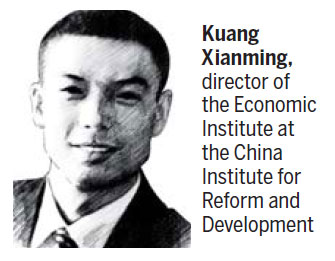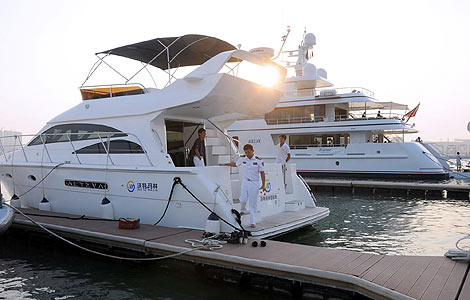
A1
The economic situation in 2012 was beyond previous expectations. Many anticipated that the economy would bottom out in the second quarter, but stabilization failed to occur so early.
|
 |
The highlight of the economic situation in 2012 was the increasing contribution of consumption. In the past 10 years, the contribution of final consumption expenditure to GDP has lagged behind that of investment, but that trend was reversed in 2012.
A2
The proactive fiscal policy and the prudent monetary policy will remain in the coming year. Although some experts are talking about the political cycle's impact on economic development, it seems unlikely that the new leadership will launch new stimulus measures merely to safeguard "steady growth".
But that doesn't mean that some investments, especially those needed to accelerate urbanization, won't be made.
A host of reforms could be launched in 2013, including the overall plan for income distribution, pricing reforms of energy resources, and measures to improve equality of public services. Industries related to people's livelihoods, such as education and healthcare, are facing a period of opportunities to meet the current gap between supply and demand.
A3
We expect the economic growth rate in 2013 to be around 8 percent. It may fluctuate by 0.2 percent up or down. The consumer price index will likely be around 3 percent in 2013 and may fluctuate by 0.1 percent without taking the external situation into account.
However, external factors also matter as the latest rounds of quantitative easing in the United States may trigger higher imported inflationary pressure.
A4
The key step ahead to promote urbanization is to help China's 160 million migrant workers settle down in cities, which would not only boost equality, but also could unleash huge demand.
Most of the migrant workers still face barriers when trying to access equal social welfare. Local governments must reduce their reliance on land finance deals, and urbanization should be market-oriented instead of led by administrative orders.
A5
The US economy may see weak growth of around 2 percent, while the eurozone is still trapped in a recession, and its performance won't be better than this year.
The worst scenario is a breakup of the eurozone, but that's not likely. The economic situation in emerging economies may be a bit polarized in the coming year. The Indian and South African economies may face greater pressure, while the outlook for the Chinese, Russian and Brazilian economies is more optimistic.







